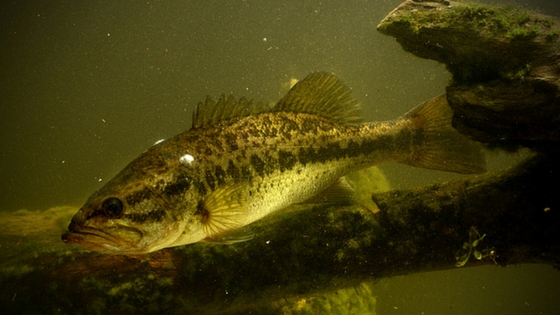Largemouth Bass Habitat
Structure means fish are present.
The more irregular the object, the greater the potential of the object to attract, and hold, legions of Largemouth Bass.
- Look for them in the upper, warm levels of the watersheds in which they live.
Largemouths thrive in various habitats, but they’re known as a warm water fish. They do well in fertile watersheds such as reservoirs, lakes, ponds and large slow rivers that have quiet backwaters
Where you’ll find the best largemouth bass fishing
- Largemouths especially like structures that offer shade and security
- They’re attracted to irregular objects ranging from changes in bottom composition to uncharacteristic underwater formations
Regardless of the watershed, the largemouth bass is always surrounded by some sort of structure such as drowned brush piles, logs, stumps, old creek beds, changes in bottom formations, ledges, submerged islands, deep points, docks, water lilies, bridge supports, etc…
“You may find structure without bass, but you will never find bass without structure”.
Look for underwater rock outcrops and weed beds that are preferred by largemouth bass.
While the largemouth is very similar to the smallmouth in many areas, they differ greatly in their preferred habitat.
Smallmouth bass prefer deep, cool waters in a rocky area.
Largemouth bass prefer slow running or still waterways.
Electronic equipment such as fish finders or sonar devices, will help you find underwater formations likely to attract large concentrations of fish.
Click here and find reviews and best prices on Amazon for the Humminbird 409920-Sonar GPS fishfinder



